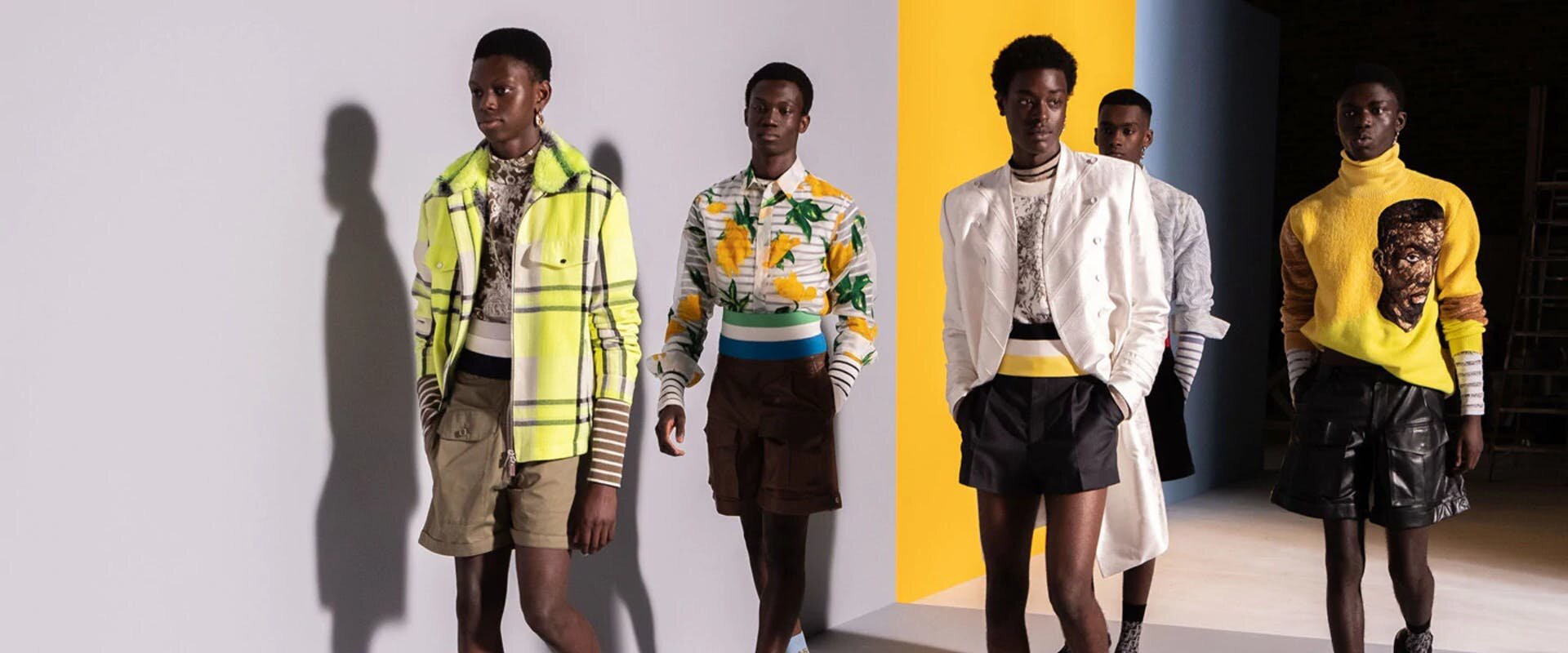What I talk about when I talk about crafting
The time I picked up crocheting in May, my life became very slow.
I had a very lousy beginning of the year, then one day, I randomly saw an ad for a red Chinese New Year dragon crochet kit. In Chinese culture, red brings you good luck, and dragon is a symbol for prosperity. On a whim, I bought this crochet kit in an attempt to change my bad luck from early this year.
It was not something I could finish overnight - the tutorial was something like 20 videos. Every day I spent an entire night just to crochet a little bit, and around 3 weeks later, I finally finished the dragon. Then, I picked up another crochet kit of a sweater, and the same thing happened - every day I spent an entire night, just to crochet 3 rows. The sweater ended up taking me 1.5 months.
I was doing all this, when I picked up a book - the 600 page Moby Dick. It was the longest English book I have ever read. I read it on and off, and 5 months passed - I am finally at page 400, another 200 pages to go.
In the beginning of all these projects, I was quite antsy. I set up hard goals each night, trying to rush things. But some time in the middle of this, I decided to give up anticipating the results. The process of sweater making and large book reading was so long, that by trying to get to the end as soon as possible, I was no longer having fun.
Fuck it, I thought. I may never be able to finish Moby Dick, or this sweater, but I might as well have some fun. If I don’t have fun during the process, I might as well not do it.
With the new mindset, I started to enjoy the process more and more. Instead of rushing everything, I started to notice how fun the little anecdotes in Moby Dick are, and how beautiful and intricate yarns are held together in a sweater. I started to enjoy long commute of train rides, because I get to read my book. I started to enjoy hour long youtube videos, because I get to knit my sweater.
Before I started crafting, I always felt like I needed to experience as much as possible, in order to live life to the fullest: read as many books as I can, go to as many places as I can, etc etc. Little did I notice, by pursing life this way, I lost track of all the beautiful details in the process as I was rushing to the finishing line. Now, I realized that, by living slowly, even if it means I only get to read 3 books, or knit 2 sweaters in a year, I get to live life to the fullest.
Live life slowly, I think this is going to be my mantra going forward.
Malibu sweater, a crochet kit from Wool and the Gang














